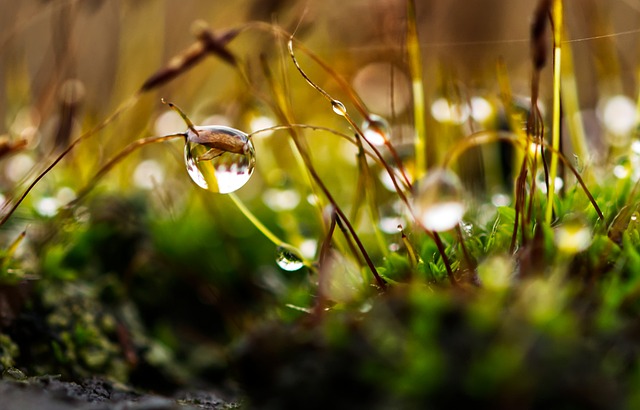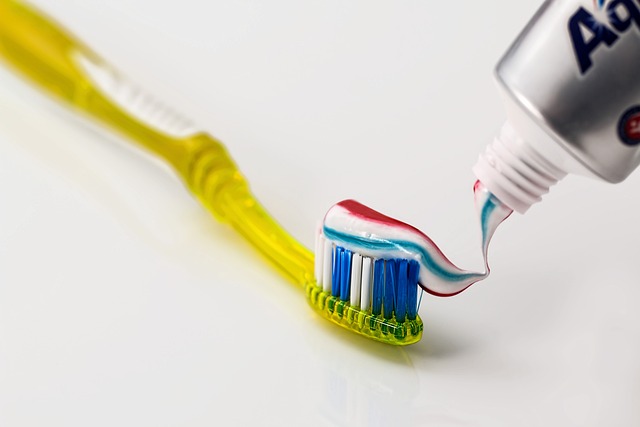Lawn fertilization using granular or liquid fertilizers enhances turf health, density, and color through strategic application, while integrated weed control methods, including organic solutions and targeted herbicides, prevent and manage unwanted weeds. A holistic approach focusing on grass species, soil type, seasonality, eco-friendly practices, and regular inspections leads to robust, vibrant lawns and outdoor spaces that are resilient against environmental stressors.
“Lawn fertilization and weed control are essential components of any comprehensive lawn care and landscaping strategy. Understanding the types and benefits of fertilizers, along with effective strategies for preventing and treating weeds, can transform your outdoor space into a lush, vibrant oasis. In this guide, we’ll explore various methods to integrate fertilization and weed control, offering valuable tips and tricks for optimal lawn health and beauty.”
- Understanding Lawn Fertilization: Types and Benefits
- Strategies for Effective Weed Control: Prevention and Treatment
- Integrating Fertilization and Weed Control for a Healthy Lawn
- Best Practices for Lawn Care and Landscaping: Tips and Tricks
Understanding Lawn Fertilization: Types and Benefits

Lawn fertilization is a crucial aspect of lawn care and landscaping, offering numerous benefits to ensure your turf stays healthy and vibrant. Understanding the different types of fertilizers and their applications is key to achieving a lush, green lawn. One common approach is granular fertilization, where slow-release pellets are spread across the grass, providing nutrients over an extended period. This method is popular for its convenience and effectiveness in promoting dense growth.
Another type, liquid fertilizer, offers quick absorption and immediate results, making it ideal for fast-growing grasses or areas with specific nutrient deficiencies. These fertilizers can be applied directly to the soil using a sprayer or sprinkler system, allowing for precise control over application rates. By incorporating these fertilization techniques into your lawn care routine, you contribute to stronger grass roots, enhanced color, and improved overall turf health, ultimately enhancing the aesthetics of your outdoor space.
Strategies for Effective Weed Control: Prevention and Treatment

Weed control is an essential aspect of lawn care and landscaping, requiring a strategic approach to maintain a healthy, vibrant lawn. Prevention is key; ensuring your lawn receives adequate water, mowing at the correct height, and using the right fertilizer can significantly deter weed growth. Regularly removing weeds by hand or with a string trimmer before they go to seed is an effective method.
For existing weeds, targeted treatments like spot spraying with herbicides can be applied. It’s crucial to identify the specific type of weeds and choose the appropriate herbicide for optimal results. Incorporating organic methods, such as mulching and using weed-smothering fabrics, can also provide long-term solutions, enhancing overall lawn care and landscaping practices.
Integrating Fertilization and Weed Control for a Healthy Lawn

In the realm of lawn care and landscaping, a holistic approach to fertilization and weed control is paramount for achieving a lush, vibrant green yard. Effective integration of these practices ensures that your grass receives the essential nutrients it needs while simultaneously suppressing the growth of unwanted weeds. By combining timely application of high-quality fertilizers with targeted weed control methods, you create an optimal environment for robust grass roots and dense turf. This dual strategy not only enhances the aesthetic appeal of your lawn but also strengthens its resilience against environmental stressors.
A well-planned fertilization schedule should consider factors like grass species, soil type, and seasonal changes. Utilizing organic or slow-release fertilizers promotes sustainable lawn care by minimizing nutrient leaching and reducing the risk of burning delicate grass blades. Concurrently, implementing strategic weed control measures, such as pre-emergent and post-emergent herbicides, allows for the selective removal of weeds without harming desirable vegetation. This integrated approach fosters a healthy, balanced ecosystem where grasses thrive, and weeds are kept in check, resulting in a striking and well-maintained outdoor space.
Best Practices for Lawn Care and Landscaping: Tips and Tricks

When it comes to lawn care and landscaping, establishing a routine is key to achieving a lush, healthy green space. Start by creating a calendar dedicated to lawn fertilization and weed control. Consistent application of fertilizers at the appropriate times promotes robust growth, ensuring your grass outcompetes weeds naturally. Timing is critical; spring and early fall are generally ideal for most grass types.
Implementing eco-friendly practices can also benefit your lawn in the long run. Consider using organic or slow-release fertilizers to avoid excessive nitrogen levels, which can lead to ‘burn’ and environmental harm. Incorporating mulching mowers or hand weeding techniques into your landscaping routine reduces the need for chemical herbicides, fostering a healthier ecosystem. Regularly inspecting your lawn for weed populations allows for timely mechanical or manual removal, preventing them from spreading.
Lawn fertilization and weed control are essential components of comprehensive lawn care and landscaping. By understanding the types and benefits of fertilizers, implementing effective prevention and treatment strategies for weeds, and integrating these practices, you can achieve a lush, healthy lawn that stands out in your neighborhood. Adhering to best practices ensures not only aesthetic appeal but also long-term sustainability, making your outdoor space a thriving oasis for years to come.



